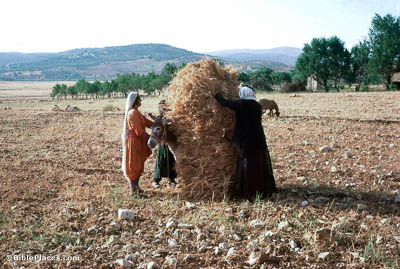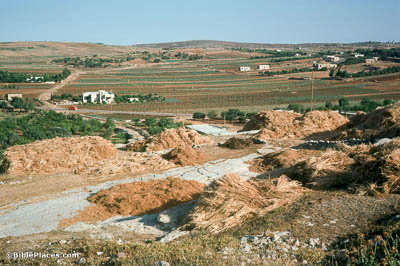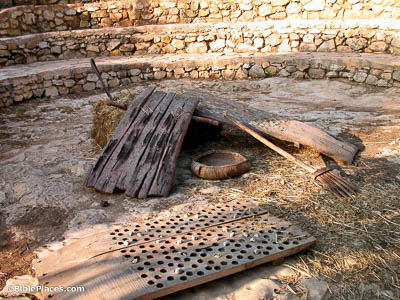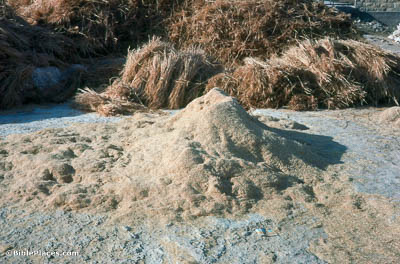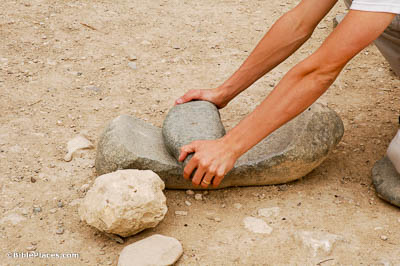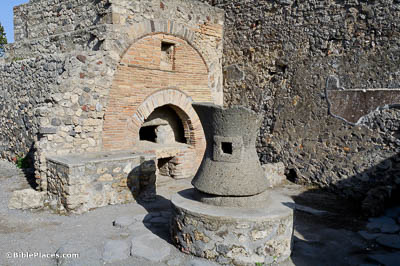Harvest time was a regular and essential reality in the life of the ancient Israelites; consequently, it served as an important marker in their yearly calendar, in addition to being background for many accounts in Scripture.
Exodus 34:22 (KJV): “And thou shalt observe the feast of weeks [Shavuot], of the firstfruits of wheat harvest, and the feast of ingathering at the year’s end.”
First Samuel 6:13 (KJV): “And they of Bethshemesh were reaping their wheat harvest in the valley: and they lifted up their eyes, and saw the ark, and rejoiced to see it.”
